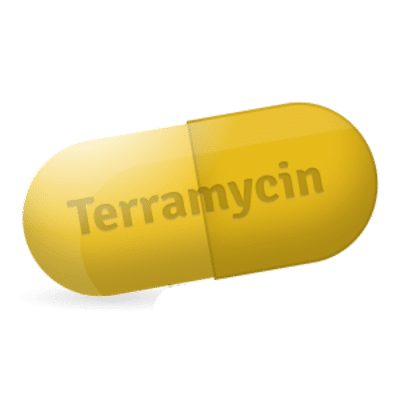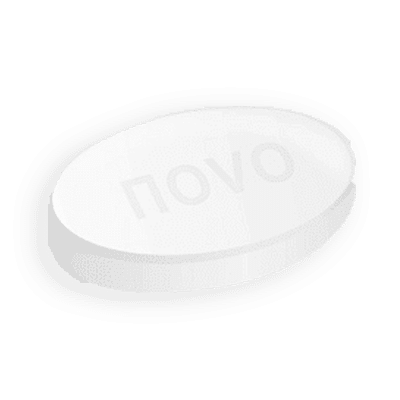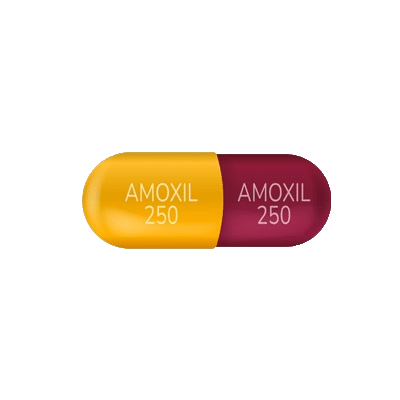Used Terramycin to treat a skin infection. I was pleased with the results, the drug started working quite quickly. No side effects were noticed, and it did not affect my health in general. The drug really helped.

Terramycin
- Discreet shipping
- Pay with crypto
- Quality products
- BTC,
- ETH,
- USDT,
- USDC
What is it?
Terramycin is an antibiotic from the tetracycline group, which is used to treat bacterial infections. The main mechanism of action of this drug is to suppress the growth of infectious bacteria by disrupting the production of proteins necessary for their reproduction. Thanks to this, the body is able to fight the pathogen more effectively, eliminating symptoms and preventing further development of the infection. This makes Terramycin an effective remedy for fighting various bacterial infections.
Frequently asked questions
Composition
Terramycin has a special composition that allows it to effectively combat various bacterial infections. It is based on tetracycline, which is an active substance that affects bacteria. The drug also contains additional components that play a supporting role in ensuring the stability and effectiveness of the antibiotic.
- Tetracycline is the main component that acts on bacterial proteins, preventing their growth and reproduction.
- Other excipients - they ensure the stability of the drug and its safe use in medical practice.
This composition makes Terramycin a powerful remedy against a wide range of bacterial infections, providing both rapid relief of symptoms and long-term suppression of pathogens.
How to use?
To achieve the best effect from using Terramycin, you should strictly follow the doctors instructions and instructions for taking it. The drug is intended for oral administration and should be taken on an empty stomach, which improves its absorption and effectiveness.
- Terramycin should be taken one hour before meals or two hours after meals. This ensures optimal absorption of the drug.
- Avoid combining it with antacids containing aluminum, calcium or magnesium, as well as with dairy products. They can reduce the effectiveness of the drug.
- Continue taking Terramycin for the entire course of treatment, even if the symptoms of the infection have disappeared, to ensure complete elimination of bacteria.
These recommendations help maximize the effectiveness of the drug and minimize the risk of bacterial resistance.
How does it work?
Terramycin acts on bacterial cells, interfering with their ability to produce proteins necessary for growth and reproduction. This process inhibits the development of bacteria and allows the bodys immune system to cope with the infection. The drug acts directly on the ribosomes of bacterial cells, disrupting the process of reading genetic information, which is critical for the life cycle of microorganisms.
In addition, Terramycin can also help reduce the inflammatory processes that accompany bacterial infections by suppressing the activity of pathogenic microorganisms. This helps to more quickly relieve symptoms of the disease and prevents the development of severe complications.
However, to achieve the highest efficiency, it is necessary to follow the recommendations for its use and avoid factors that reduce its activity, such as interactions with certain substances and drugs.
Indications
Terramycin is recommended for use in a number of infections caused by bacteria sensitive to it. It is prescribed for a wide range of diseases that respond to treatment with tetracyclines, providing reliable elimination of the pathogen.
- Respiratory tract infections, including bronchitis and pneumonia, caused by pathogenic bacteria.
- Urogenital tract diseases, such as urethritis and cystitis, caused by certain microorganisms.
- Skin and soft tissue infections, including acne and anthrax, which respond to therapy with tetracyclines.
- Eye infections, such as bacterial conjunctivitis.
These indications make Terramycin a versatile tool in the physicians arsenal in the fight against bacterial infections.
Contraindications
Contraindications to the use of Terramycin include a number of factors that must be taken into account to prevent adverse reactions and ensure patient safety. In the presence of certain conditions, the use of the drug should be avoided.
- Allergic reaction to tetracycline or any other component of the drug.
- Concomitant use of drugs such as acitretin or methoxyflurane, due to the risk of serious side effects.
- Pregnancy and breastfeeding, since tetracycline can adversely affect the development of the fetus and child.
These contraindications make it necessary to consult a doctor before starting treatment with Terramycin.
Side effects
Terramycin side effects can range from mild to more serious reactions requiring medical attention. Patients should be aware of potential side effects so that they can seek help promptly if needed.
- The most common are darkening of the tongue, mild visual impairment, mild diarrhea, headache, and rash.
- In addition, symptoms such as increased sensitivity to light, joint pain, and loss of appetite may be observed.
- Severe side effects include allergic reactions such as rash and facial swelling, as well as increased reactions to sunlight.
If any of these symptoms occur, you should immediately contact your doctor for evaluation and treatment adjustments.
Terramycin Reviews and Experiences
Terramycin was prescribed to treat bronchitis. I started taking it strictly according to the instructions. After a few days I felt a significant improvement. But one thing was disappointing - a slight rash appeared on my skin, which, however, was quickly eliminated.
After Terramycin was prescribed, I was a little hesitant, but decided to try it anyway. My stomach was bothering me, but it was indicated that this could be a side effect. The main thing is that the infection that was tormenting me almost disappeared in a week.



